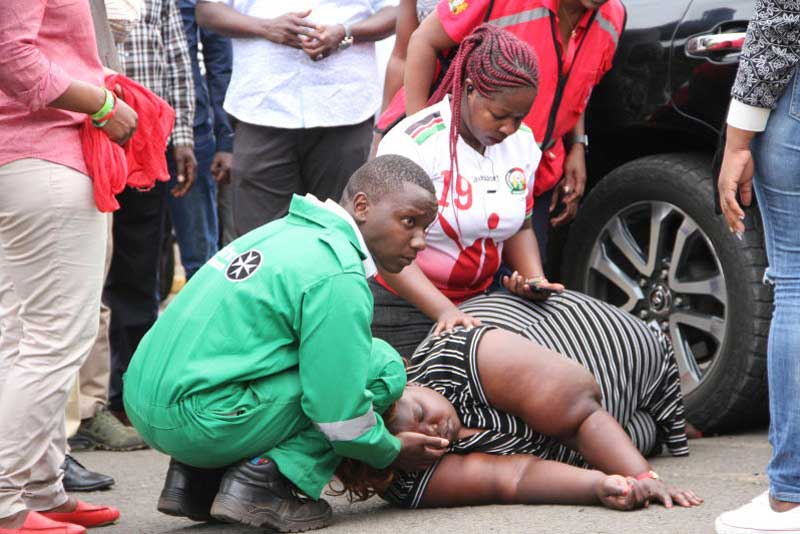×
The Standard e-Paper
Home To Bold Columnists

A phone call as the dusitD2 complex terror attack unfolded helped security forces to crack a terrorist network behind the raid in which 21 people were killed.
A man who saw the registration number of a car whose image was broadcast last Tuesday as the one that ferried the terrorists to the scene of the attack at 14 Riverside Drive called police and told them he had seen the car leave Guango estate in Kiambu County on several occasions.